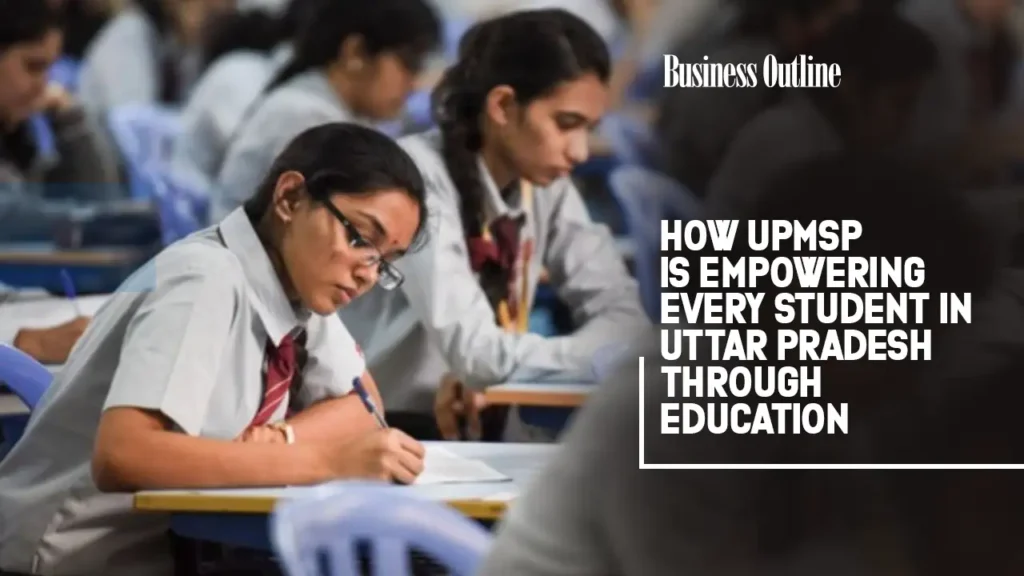Explore how the UPMSP Educational Center is transforming education in Uttar Pradesh by reaching rural students, improving access, and building a future where no child is left behind. Real stories, powerful impact, and a quiet revolution.
How UPMSP Is Transforming Education in Uttar Pradesh: Empowering Every Student for a Brighter Future
“When you educate one person, you can change a life. When you educate many, you can change the future.”
In India, over 32 million children have never seen the inside of a classroom. Nearly 1 in 5 students in rural areas drop out before reaching Class 10. In some districts, the dropout rate for girls touches 40%—many forced into early marriage, others into labor. And the truth is harsh: most of those who leave school early never return, and most live their entire lives with limited choices.
Without education, the path narrows. Opportunities vanish. A child without learning often becomes an adult without income, without dignity, without a voice.
Compare this with countries like Finland or South Korea, where education is not a department—it is a national priority. In these countries, children attend schools that focus on creativity, well-being, and skills. The dropout rates are near zero. Every child, regardless of background, is given the tools to think, explore, and succeed.
But here in Uttar Pradesh, where more than 60% of families live in rural or semi-urban areas, reaching every child is a massive challenge. Still, the UPMSP Educational Center is proving that change is possible—even in silence.
The Uttar Pradesh Madhyamik Shiksha Parishad (UPMSP) has become more than a board. It has become a lifeline.
Every year, it touches the lives of over 50 lakh students—half of whom come from homes where neither parent finished school. It delivers textbooks to the farthest corners, holds board exams in over 8,000 centers, and ensures that a child in Lalitpur can dream just as big as a child in Lucknow.
And it’s not just about exams anymore.
The board is slowly shifting toward what truly matters—retaining students, reducing dropouts, and bringing dignity back to government education. Its updated syllabi, e-learning materials, and focus on life skills are helping children see school not as a burden, but as a bridge.
Meet Ravi, a former dropout from Jaunpur. He left school after Class 9 to work at a local shop. A year later, through a UPMSP-supported re-enrollment drive, he returned to school. Today, he’s in Class 12 and dreams of joining the army. “I thought school was over for me. But someone cared enough to bring me back,” he says.
Or Asmita, who was told girls in her village shouldn’t study beyond Class 8. But she quietly studied using old UP Board books. With help from a local teacher, she passed her Class 10 board exam and now teaches younger girls in the village. She says, “If I study, maybe they’ll be allowed to study too.”
This is not about statistics. It’s about shifting destinies.
UPMSP may not be perfect, but it is real. It doesn’t wear a fancy label, but it reaches where others don’t—into homes with no electricity, onto roads that flood in monsoons, into hearts that had nearly given up on education.
“The greatest gift we can give a child is not money or comfort—it is the power to choose their own life.”
Read more: Top Business Magazine


